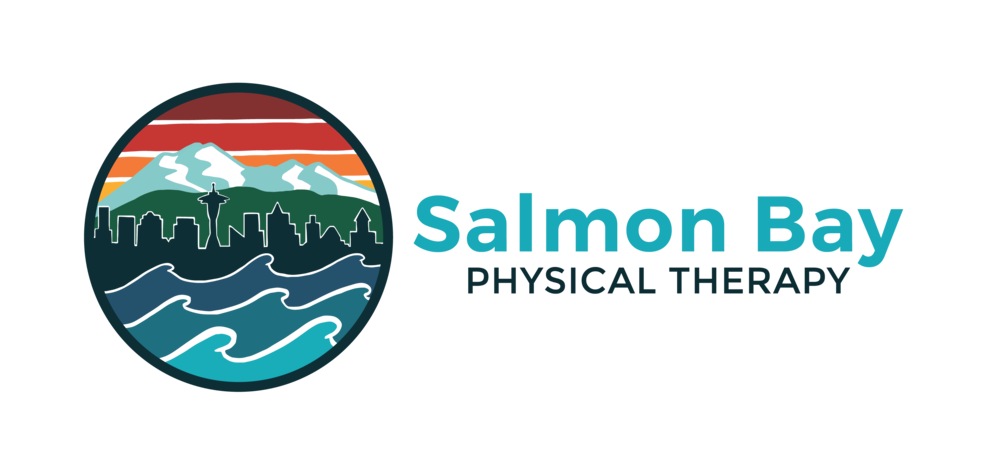You’ve probably heard of the term “rotator cuff” before, but do you know what the rotator cuff is? More often than not, a thorough explanation is required when introducing the rotator cuff to individuals in physical therapy for shoulder pain. So what is it? The rotator cuff is simply a group of four muscles (supraspinatus, infraspinatus, teres minor, and subscapularis) that work collectively to stabilize the ball-and-socket structure that makes up the shoulder joint. By itself, the bones of the shoulder joint are not very stable, as the ball-and-socket structure is similar in composition to a golf ball sitting on a golf tee, with the golf ball being the humeral head and the golf tee being the glenoid. Inherently, a golf ball resting on a golf tee is not very stable, i.e. it is easy to knock the ball off of the tee. Physiologically, this would be rather problematic if this were the entire design of the human shoulder joint complex. Enter the rotator cuff, which helps hold the golf ball securely in the center of the golf tee. As you raise your arm overhead, the rotator cuff activates, pulling the humeral head down while it rolls upward in the glenoid. Without a healthy and efficient rotator cuff to provide the necessary counterforce, the golf ball would get dangerously close to rolling off the tee. This would not be an issue on a golf course, but could result in injury in the human body. In fact, many common aches and pains in the shoulder are the result of an injured or inefficient rotator cuff, which can result in an unstable shoulder joint, particularly with overhead activities such as swimming, rock climbing, and tennis. Shoulder impingement syndrome is a common diagnosis that involves a pinching of the supraspinatus tendon. Rotator cuff tears can involve any of the four rotator cuff muscles, but most often impact the suparspinatus. The good news is physical therapy can help strengthen the rotator cuff, in hopes of improving the stability and subsequent function of the shoulder joint. Here are a few therapeutic exercises used to strengthen the rotator cuff:
Band-Resisted Shoulder External Rotation At Sides
So, if you are experiencing nagging shoulder pain, you may benefit from having a physical therapist or other sports medicine specialist evaluate the health of your rotator cuff. Treatment can be rather effective and typically only takes between 6-8 weeks, the average time required to strengthen weak or dysfunctional muscles. Get started now!


